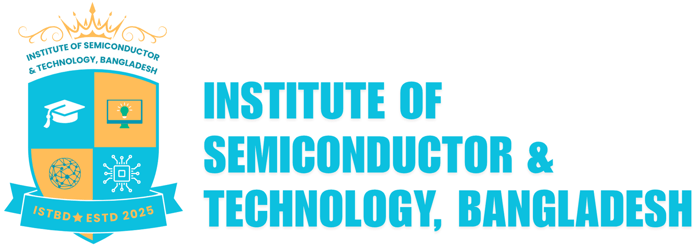FUNDAMENTAL OF SEMICONDUCTOR
You didn’t come this far to stop
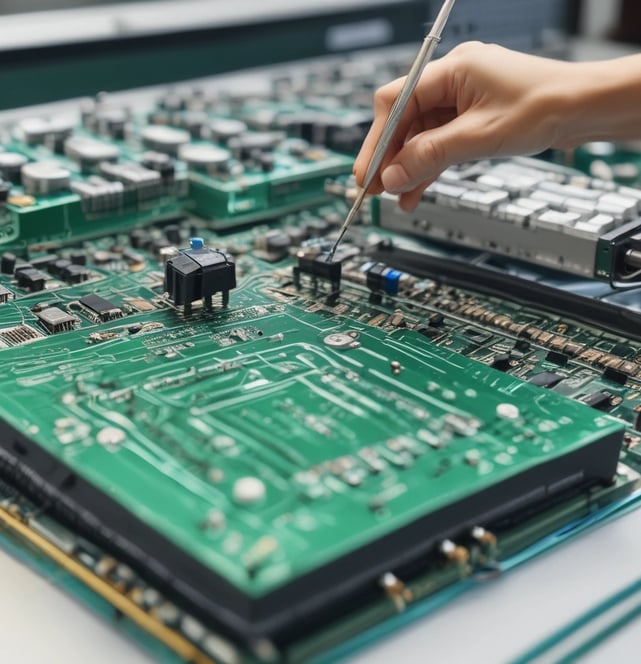

Top rated by 100+ clients
★★★★★
From Sand to Chip – A Beginner's Journey into the World of Semiconductors
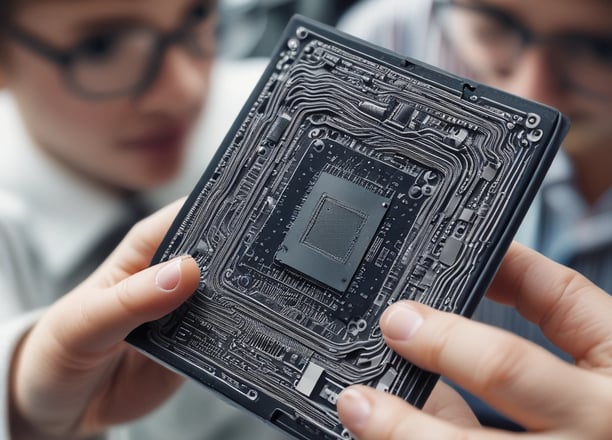

This Course Includes
2.5 hours of on-demand video lessons
Lifetime access via mobile, tablet, and TV
Certificate of Completion upon finishing the course
📌 Lecture Breakdown
Course Introduction
Semiconductor Materials – Basic Concepts
What Are Silicon Chips?
Silicon Wafer Preparation
Cleanroom Environment
Photolithography Process
Etching Techniques
Doping Methods
Additional Fabrication Processes
Assembly & Packaging
Example: Transistor Fabrication
Example: Chip Assembly Process
What You’ll Learn
Get a comprehensive overview of how semiconductor chips are manufactured.
Understand the fundamental processes used in chip fabrication.
Explore the global semiconductor supply chain and its key components.
Learn about essential technical skills required to enter or transition into the semiconductor industry.
This Course Overview
This introductory course takes you behind the scenes of the most advanced technology in the world—semiconductors. Learn how simple sand transforms into a powerful microchip through a series of high-precision processes like photolithography, doping, and etching.
With real-world examples and step-by-step explanations, you’ll gain a solid foundation in how semiconductors are made and how they power our everyday devices—from smartphones to satellites.
Introduction to Semiconductor Manufacturing
This Course Includes
9 Modules
Lifetime access via mobile and Laptop
Certificate of Completion upon finishing the course
📌 Lecture Breakdown
Semiconductor process and Overview: MOSFET
CMOS Process Integration
Cleanroom, RCA Cleaning Crystal Growth
Diffusion: Drive-in, Rapid Thermal Anneal, Flash Lamp Anneal, Diffusion
Diffusion Equation, Predep & Drive-in, PN Junction by Predep & Drive
Oxidation
Ion Implantation and Implantation Mask
Photolithography, Light Source and Stepper & Alignment
EUV Lithography
What You’ll Learn
This Course Overview
This course provides a foundational understanding of how semiconductors are designed, fabricated, tested, and packaged for use in modern electronic devices. Learners will explore the complete journey from raw silicon to functional semiconductor chips, gaining insights into key manufacturing steps and the critical role semiconductors play in technologies such as smartphones, computers, and renewable energy systems.
Whether you're a student, engineer, or professional new to the field, this course will demystify the semiconductor fabrication process and introduce you to the technologies shaping the future of electronics.
Introduction to Semiconductor Process


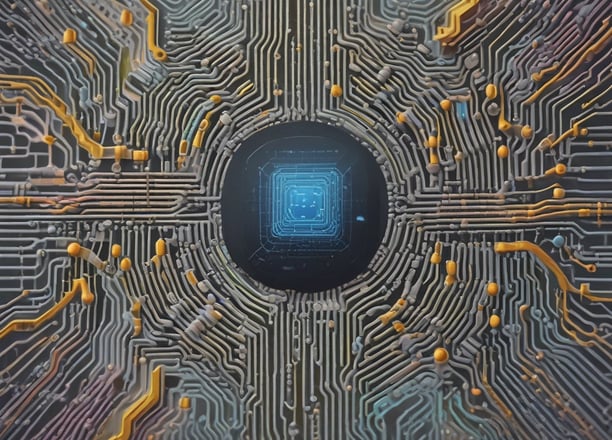

This Course Includes
Duration: 6–8 weeks
Mode: Online / On-site / Hybrid
Includes: Lectures, simulations, problem-solving sessions, quizzes
Prerequisites: High school physics and basic calculus
Certificate: Provided upon successful completion
📌 Lecture Breakdown
Module 1: Atomic Structure and Bonding in Solids
Module 2: Crystal Structure and Classification of Materials
Module 3: Energy Bands and Carrier Statistics
Module 4: Intrinsic and Extrinsic Semiconductors
Module 5: Carrier Transport – Drift and Diffusion
Module 6: Generation, Recombination, and Carrier Lifetime
Module 7: PN Junctions and Depletion Region Physics
Module 8: Diode Characteristics and Biasing
Module 9: Bipolar Junction Transistors (BJTs)
Module 10: Introduction to MOSFETs and Device Scaling
What You’ll Learn
Understand the energy band structures and their significance in electric properties of solids
Analyze the carrier statistics in semiconductors
Analyze the carrier dynamics and the resulting conduction properties of semiconductors
This Course Overview
This course introduces the fundamental principles of semiconductor materials and devices. It covers the physical behavior of semiconductors at the atomic and electronic level and explains how these principles are applied in real-world electronic components. Through a combination of theory, problem-solving, and simulations, learners will explore intrinsic and extrinsic materials, carrier dynamics, energy bands, junction formation, and basic device operations (diodes, BJTs, and MOSFETs).
The course is designed for undergraduate and diploma-level engineering students, researchers, and professionals interested in entering the semiconductor, electronics, or nanotechnology industries.
Semiconductor Physics
This Course Includes
6 to 10 weeks (depending on depth and delivery format)
In-person / Online / Hybrid
Includes live lectures, virtual labs or lab demonstrations, and assignments
📌 Lecture Breakdown
Module 1: Introduction to Semiconductor Materials and the Need for Characterization
Module 2: Electrical CharacterizationFour-point probe resistivity measurement
Hall Effect measurement
C-V profiling of PN junctions and MOS capacitors
Module 3: Structural & Morphological Analysis
X-Ray Diffraction (XRD)
Scanning Electron Microscopy (SEM)
Atomic Force Microscopy (AFM)
Module 4: Optical Characterization
UV-Vis and IR spectroscopy
Photoluminescence (PL)
Ellipsometry
Module 5: Surface & Interface Characterization
Secondary Ion Mass Spectrometry (SIMS)
X-ray Photoelectron Spectroscopy (XPS)
Auger Electron Spectroscopy (AES)
Module 6: Reliability and Defect Analysis
Deep-Level Transient Spectroscopy (DLTS)
Thermal wave analysis
Time-resolved photoluminescence
What You’ll Learn
✅ Understand the need for semiconductor material and device characterization
✅ Describe common electrical, optical, structural, and surface characterization techniques
✅ Select appropriate tools and methods for analyzing semiconductor samples
✅ Interpret data from real-world characterization instruments
✅ Assess material quality, doping levels, carrier mobility, and device reliability
✅ Apply characterization techniques in research and industrial settings
This Course Overview
This course provides a comprehensive understanding of the methods and tools used to analyze and evaluate the electrical, structural, chemical, and optical properties of semiconductor materials and devices. Students will explore both theoretical concepts and practical techniques that are essential for quality control, research, and device fabrication in the semiconductor industry.
Through case studies and hands-on labs or simulations, learners will gain exposure to characterization instruments such as Scanning Electron Microscopes (SEM), Atomic Force Microscopes (AFM), Four-Point Probes, Hall Effect systems, X-Ray Diffraction (XRD), and more.
Fundamentals of Semiconductor Characterization


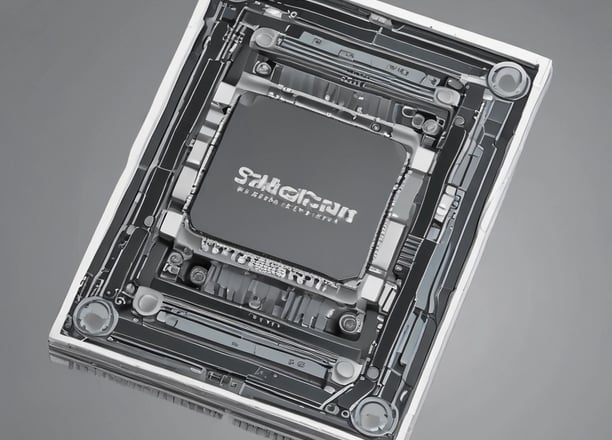

This Course Includes
8 to 10 weeks (can be customized into short-term intensive training modules)
Online / In-person / Hybrid
Includes live lectures, case studies, packaging design labs, and industry talks
📌 Lecture Breakdown
Module 1: Introduction to Semiconductor Packaging
Role of packaging in the semiconductor value chain
Packaging vs. assembly vs. testing
Module 2: Types of Packages and Interconnection Technologies
Wire bonding, flip chip, through-silicon via (TSV)
Package-on-package (PoP), System-in-Package (SiP), Fan-in/Fan-out WLP
Module 3: Materials in Semiconductor Packaging
Substrates, die attach, underfill, encapsulants
Material selection for thermal/electrical performance
Module 4: Design and Simulation of IC Packages
Package parasitics (RLC), thermal modeling
Introduction to packaging design tools (e.g., Cadence SIP, ANSYS)
Module 5: Reliability, Testing & Failure Analysis
Moisture sensitivity, thermal cycling, delamination
Testing methods and JEDEC standards
Module 6: Advanced Packaging Technologies and Trends
2.5D/3D stacking, chiplet architecture
Heterogeneous integration and AI hardware packaging
Sustainable packaging practices
What You’ll Learn
✅ Understand the fundamentals and purpose of semiconductor packaging
✅ Identify key materials and interconnect technologies used in packaging
✅ Analyze thermal, mechanical, and electrical constraints in package design
✅ Compare traditional and advanced packaging approaches (e.g., Flip Chip, WLCSP, 3D ICs)
✅ Design basic IC packages using industry-standard tools or frameworks
✅ Evaluate reliability and failure mechanisms in semiconductor packages
This Course Overview
This specialized course dives into the critical role of semiconductor packaging in ensuring the performance, reliability, and scalability of integrated circuits (ICs). Students and professionals will gain in-depth knowledge of packaging materials, technologies, design considerations, thermal and mechanical management, and emerging trends such as 2.5D, 3D, and fan-out wafer-level packaging.
Through a blend of theoretical modules, case studies, and practical design exercises, learners will develop the skills required to work in backend semiconductor operations, advanced packaging R&D, and product integration teams.
Semiconductor Packaging Specialization
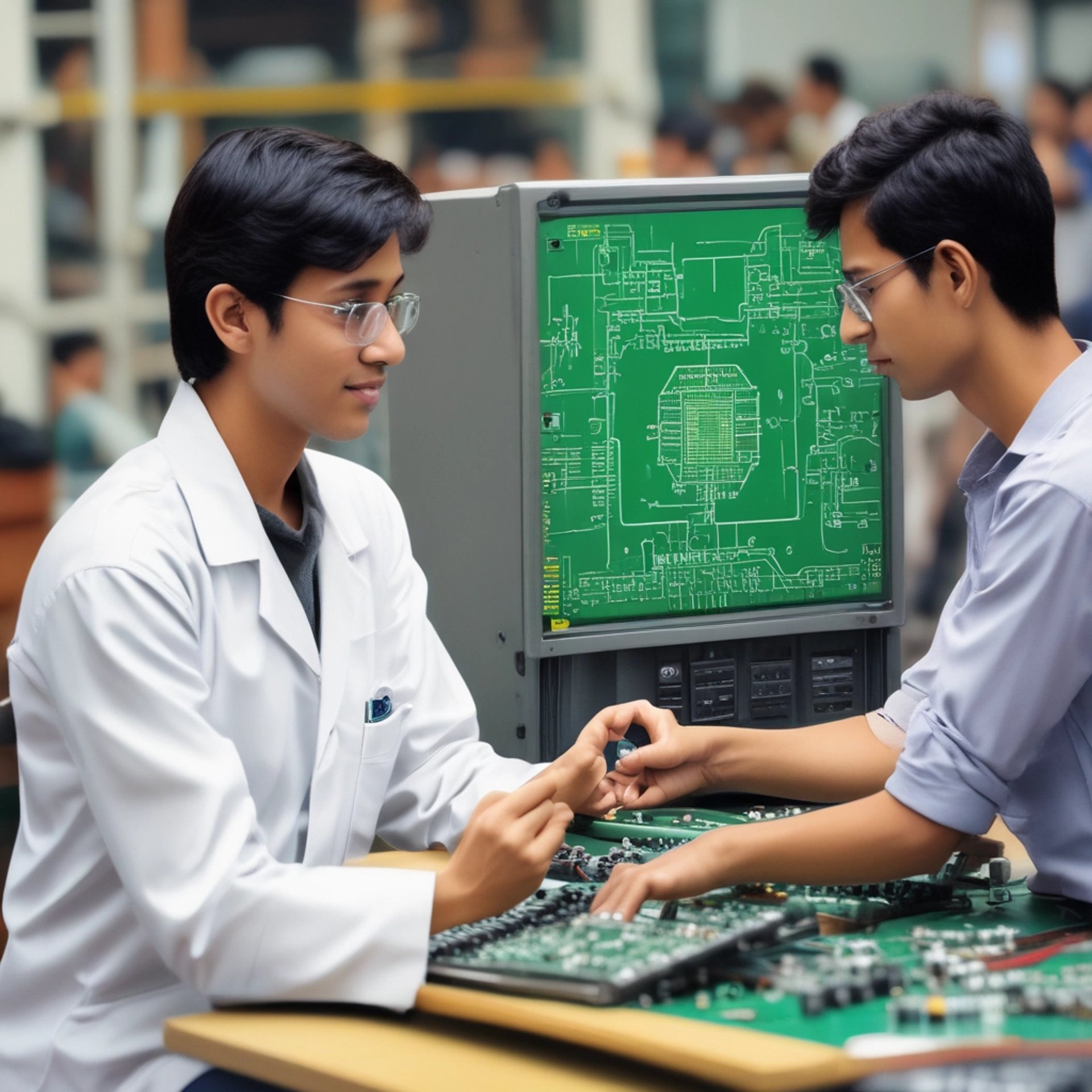
Enroll Us Today for Exciting Opportunities
Unlock your potential and enroll now to start your journey with us. Don't miss out!
Rated 5 stars by users
★★★★★
